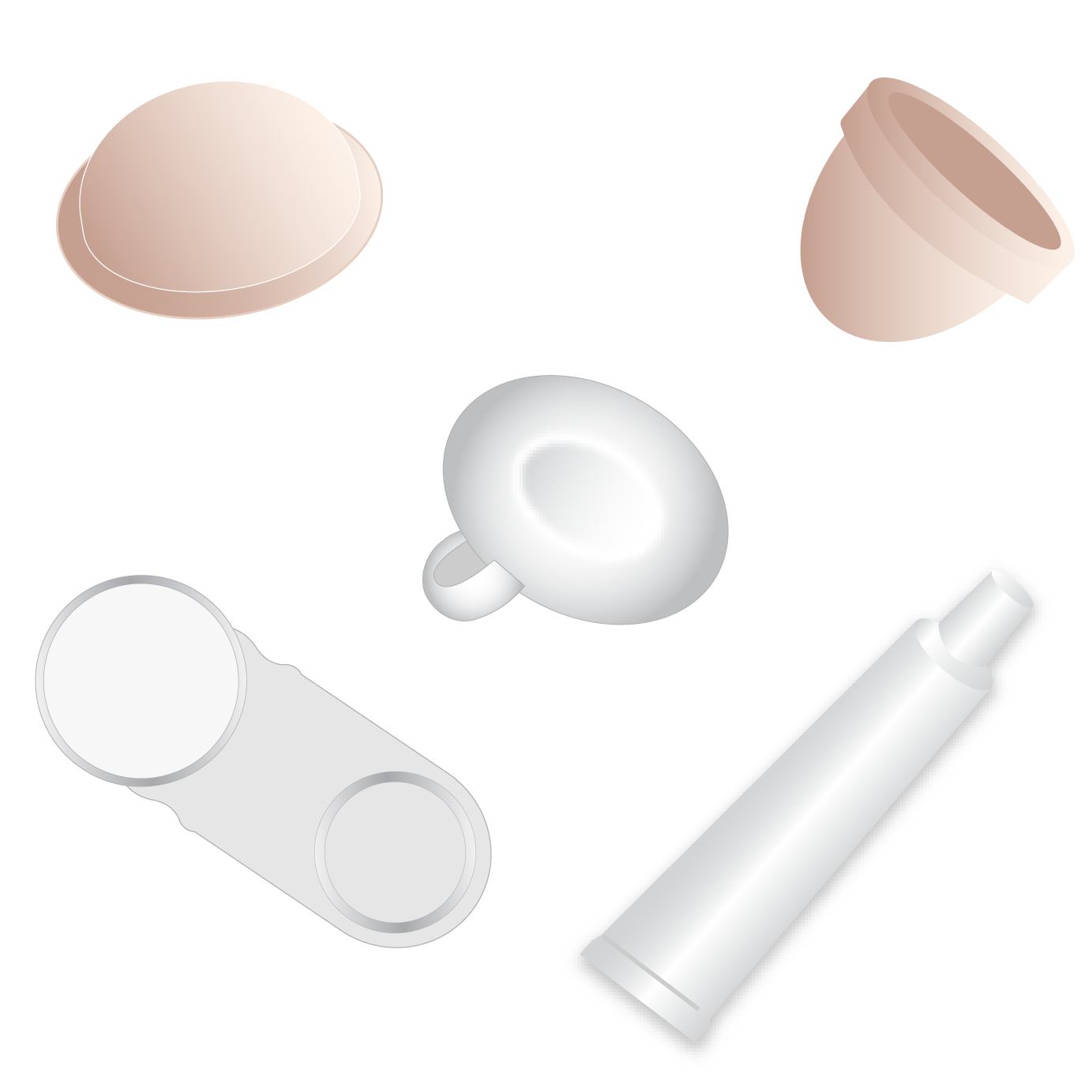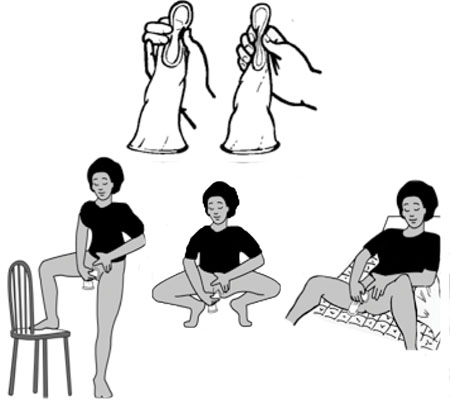Barrier Contraception Examples
Hormonal contraception is often easier to use than a barrier form. Spermicide Condom Sponge Diaphragm and Cervical Cap.
Male condoms typically made of latex male condoms are rolled down from the tip of the penis to the base.

Barrier contraception examples. Methods such as birth control pills or the intrauterine device IUD. However when two barrier methods are used together such as a diaphragm and a condom they become highly effective. Examples of barrier methods include barrier methods sponge spermicides condoms hormonal methods pill patch surgical sterilization tubal ligation vasectomy natural methods and the morning after pill.
Because they act as a mechanical barrier condoms prevent direct vaginal contact with semen infectious genital secretions and genital lesions and discharges. The specificity of barrier contraceptive methods is that they physically block the penetration of sperm into the vagina therefore preventing the possible egg fertilization. Read about condoms - their pros and cons how effective they are where to get them and how to use them.
Barrier Methods of Birth Control. Themorning after pillis one of the most commonly used chemical contraceptive methods These are usually consumed orally and are designed to prevent female gametes ovules from meeting male partners Spermatozoa. They are proven to reduce transmission of many STIs such as chlamydia and gonorrhoea.
Although barriers represent the oldest of contraceptive methods our response to the personal and social impact of sexually transmitted infections STIs has placed new importance on these approaches for dual prevention of pregnancy and human immunodeficiency virus. The only male mechanical barrier that is practically in use is condoms whereas there are various methods of barrier contraception available for women that include diaphragm female condom intrauterine devices and cervical caps. Barrier contraception on the other hand stops semen from reaching its intended destination.
Principally there are four physical barrier contraceptive types. They include the condom diaphragm cervical cap and contraceptive sponge. Barrier methods of contraception have been the most widely used contraceptive techniques throughout recorded history.
The method of birth control varies from person to person and their preferences to either become pregnant or not. This method involves injection of a progestin Depo-Provera depot medroxyprogesterone acetate DMPA given in the arm or buttocks once every 3 months. Different barrier methods of birth control are available for example spermicides male condoms female condoms contraceptive sponge diaphragm and cervical cap.
There are several choices in this. Barrier Contraceptives Barrier contraceptives prevent sperm from entering a womans uterus. Side effects and efficacy in preventing pregnancy depends on the type of birth control.
They include condoms diaphragms cervical caps contraceptive sponges and spermicides. Semen collects in a reservoir at the tip end of the condom. Your birth control options include.
Examples include male and female condoms as well as the diaphragm cervical cap and contraceptive sponge. On the other hand the chemical contraceptive methods that are used after the sexual relation are vaginal spermicidas. These are placed on the mans penis before having sex.
Most of the time barrier methods have no side effects on other systems in your body. This stops the semen entering the womans vagina. It must be used in conjunction with another method because its effectiveness is low when used on its.
This acts as a chemical barrier preventing sperm from reaching the uterus. There are three broad groups of barrier contraception. Types of barrier contraception.
Condoms are the best method for preventing sexually transmitted diseases STDs Spermicide. Birth control pills are the most popular but there are also shots and patches. A barrier method is the use of a physical barrier during sexual intercourse to prevent the sperm from reaching the uterus.
Chemical barriers of contraception are also widely available which include spermicides. Through and African Feminist lens this study examines how these perceived barriers intersect with each other and how they negatively impact womens access to family planning and their perceived value of. The next method is the barrier method.
Condoms also known as sheaths. 5 This method of birth control can cause a temporary loss of bone density particularly in adolescents. There are many barriers that impact a womans access to contraception in rural sub-Saharan Africa such as financial constraints supply shortages stigma and misconceptions.
Examples include birth control pills as well as the vaginal ring NuvaRing skin patch Xulane and contraceptive injection Depo-Provera. What types of barrier contraception are there. Injectable birth control.
There are no contraindications for these. Condoms and IUDs intra-uterine devices are both barrier forms of contraception. Among the known barrier methods we remind male and female condoms diaphragms cervical caps and sponges.
Most condoms are made from latex rubber while a small percentage are made from lamb.
 Birth Control Female Barrier Methods Young Men S Health
Birth Control Female Barrier Methods Young Men S Health
 Barrier Contraceptives Women S Health Issues Msd Manual Consumer Version
Barrier Contraceptives Women S Health Issues Msd Manual Consumer Version
 Family Planning Module 8 Barrier Contraceptive Methods View As Single Page
Family Planning Module 8 Barrier Contraceptive Methods View As Single Page
 Barrier Methods Examples Page 1 Line 17qq Com
Barrier Methods Examples Page 1 Line 17qq Com
Use And Effectiveness Of Barrier And Spermicidal Contraceptive Methods Glowm
 Other Barrier Methods Diaphragms Cervical Caps And Sponges Plus Spermicide University Health Service
Other Barrier Methods Diaphragms Cervical Caps And Sponges Plus Spermicide University Health Service
Use And Effectiveness Of Barrier And Spermicidal Contraceptive Methods Glowm
 Barrier Methods Examples Page 1 Line 17qq Com
Barrier Methods Examples Page 1 Line 17qq Com
 Barrier Contraceptives Women S Health Issues Msd Manual Consumer Version
Barrier Contraceptives Women S Health Issues Msd Manual Consumer Version
 Use And Effectiveness Of Barrier And Spermicidal Contraceptive Methods Glowm
Use And Effectiveness Of Barrier And Spermicidal Contraceptive Methods Glowm

/types-of-spermicide-906824-v3-9f5cbfdf7c6c4bc7b4b9730a4d179ddd.png)


Comments
Post a Comment